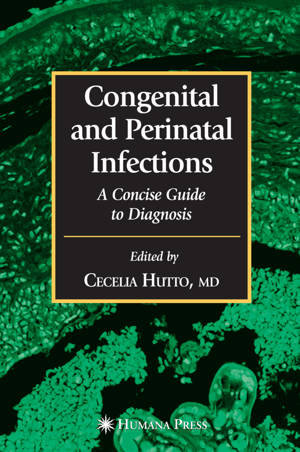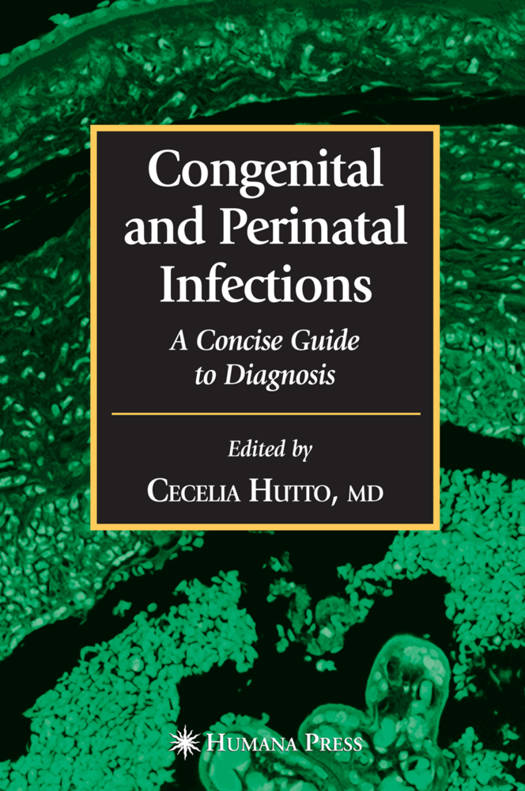
- Afhalen na 1 uur in een winkel met voorraad
- Gratis thuislevering in België vanaf € 30
- Ruim aanbod met 7 miljoen producten
- Afhalen na 1 uur in een winkel met voorraad
- Gratis thuislevering in België vanaf € 30
- Ruim aanbod met 7 miljoen producten
Zoeken
Omschrijving
A concise clinical reference that facilitates the diagnosis of intrauterine and perinatally acquired infections was the goal in creating the Congenital and Perinatal Infections: A Concise Guide to Diagnosis. Information about the natural history, m- agement, and outcome of these infections is well detailed in many other sources and so has not been included. Rather, the focus of the book is diagnosis. The initial chapters provide general information about serological and nonserological assays that are used for the diagnosis of infections, and a chapter about the placenta includes details about histopathological findings that can be helpful with the diagnosis of congenital inf- tions. The remainder of the book is devoted to the diagnosis of specific congenital and/ or perinatal infections. As illustrated in the chapters about specific infections, the approach to diagnosis of a congenital or perinatally acquired infection in the neonate begins, when possible, with consideration and diagnosis of infection in the pregnant woman, knowledge of how the infection is transmitted, and the risk of that infection for the woman and her fetus or neonate. The possibility of congenital or perinatal infection in neonates is usually considered because of the diagnosis of, or concern about a s- cific infection in, a mother during pregnancy that can be transmitted to the neonate or because of clinical findings in the neonate at birth that suggest an infectious cause.
Specificaties
Betrokkenen
- Uitgeverij:
Inhoud
- Aantal bladzijden:
- 314
- Taal:
- Engels
- Reeks:
Eigenschappen
- Productcode (EAN):
- 9781617374791
- Verschijningsdatum:
- 1/12/2010
- Uitvoering:
- Paperback
- Formaat:
- Trade paperback (VS)
- Afmetingen:
- 178 mm x 254 mm
- Gewicht:
- 612 g

Alleen bij Standaard Boekhandel
+ 502 punten op je klantenkaart van Standaard Boekhandel
Beoordelingen
We publiceren alleen reviews die voldoen aan de voorwaarden voor reviews. Bekijk onze voorwaarden voor reviews.










